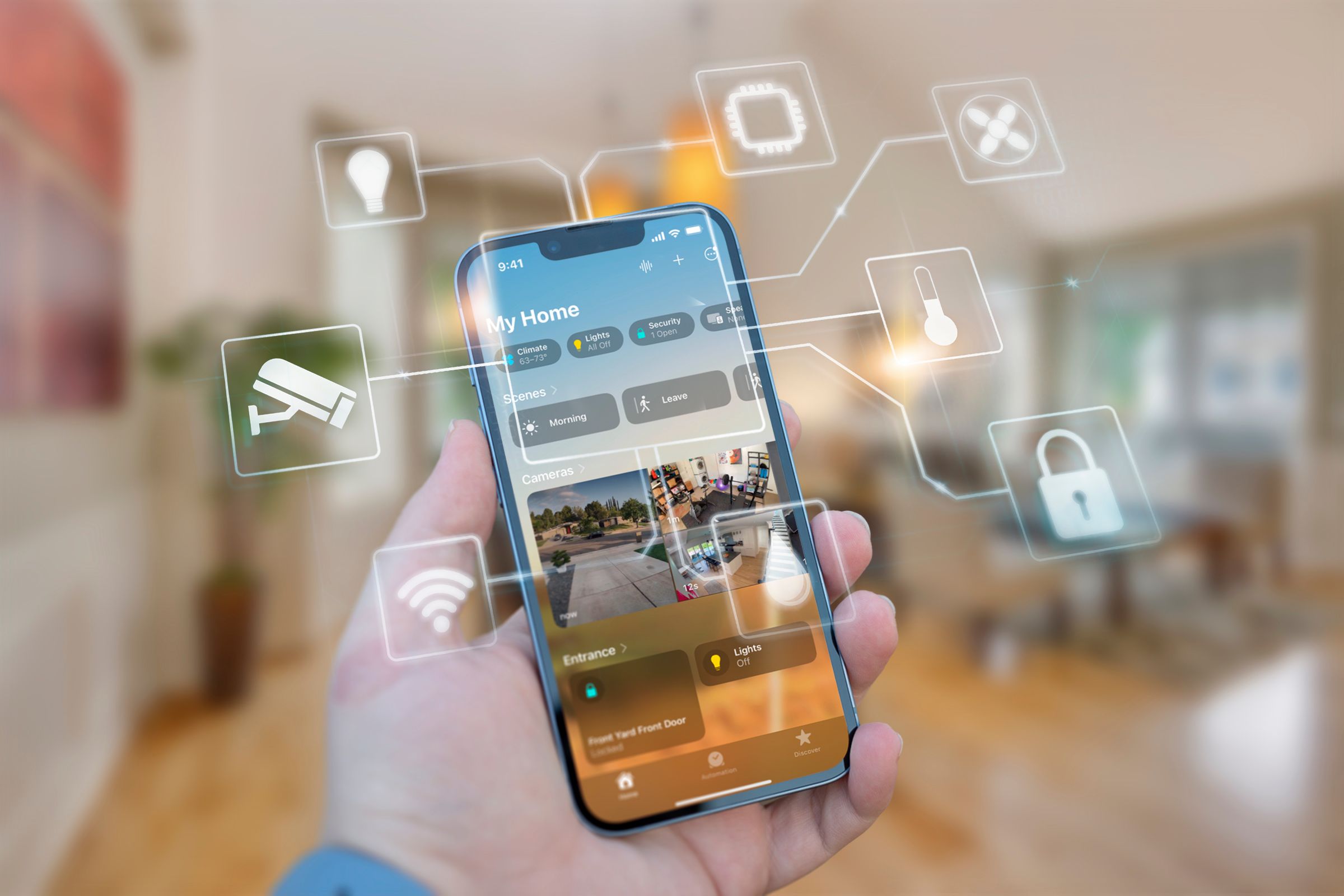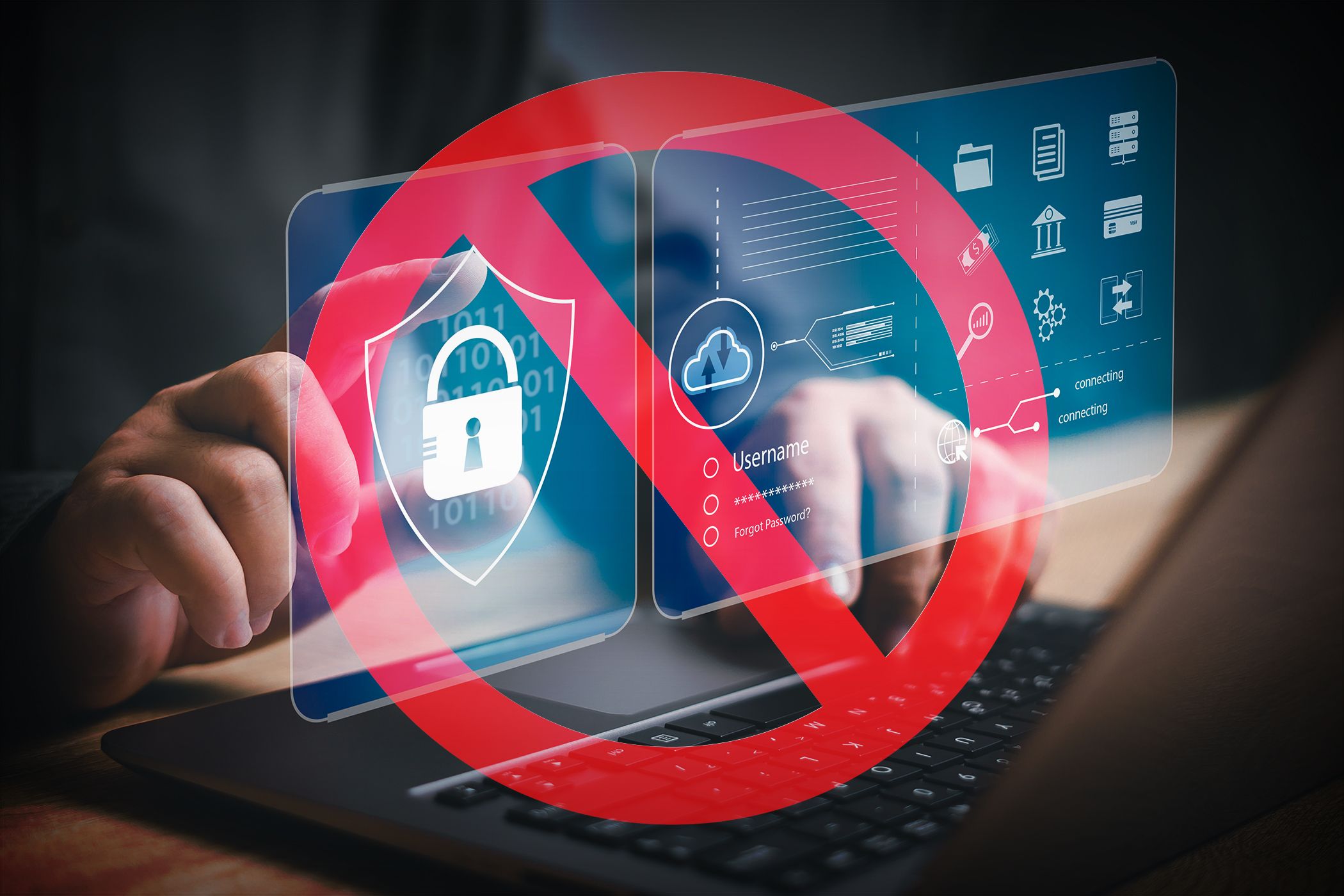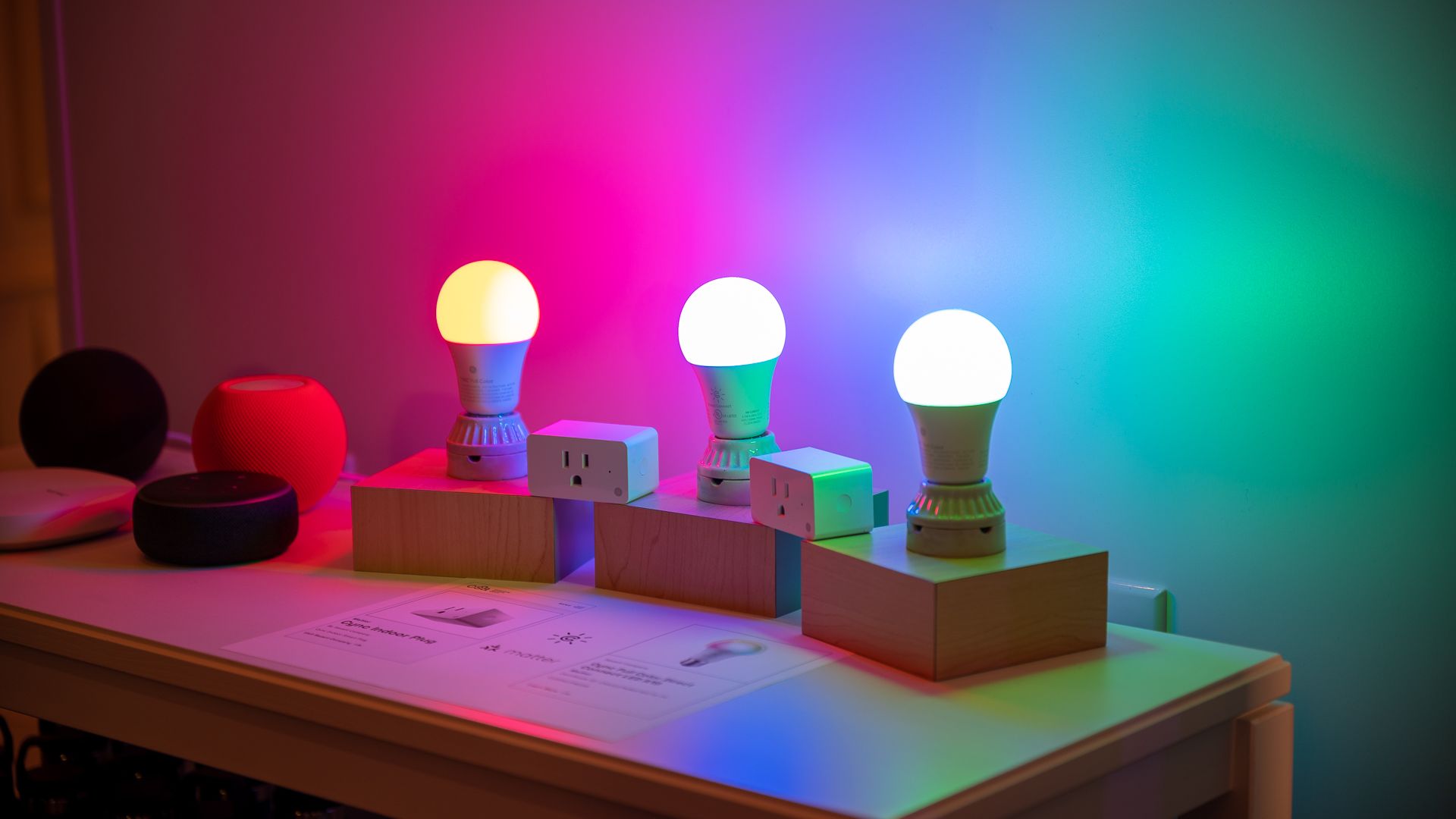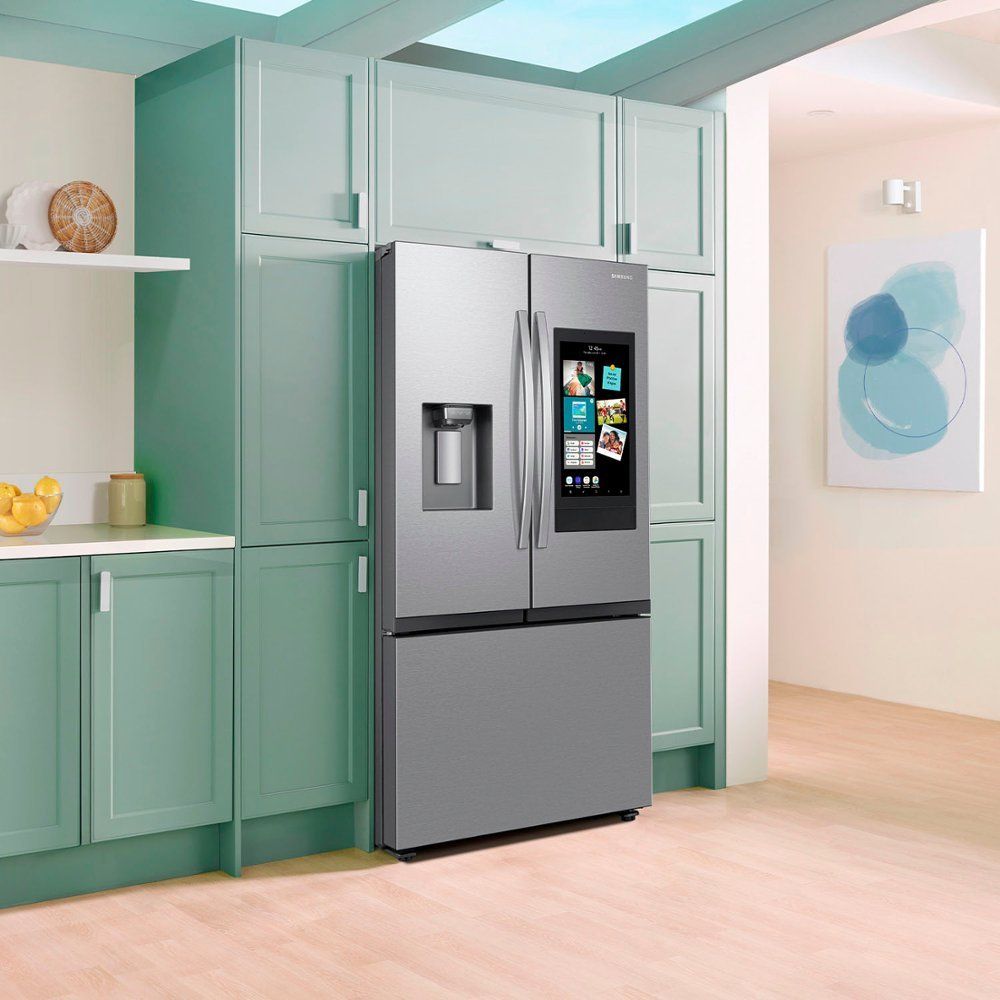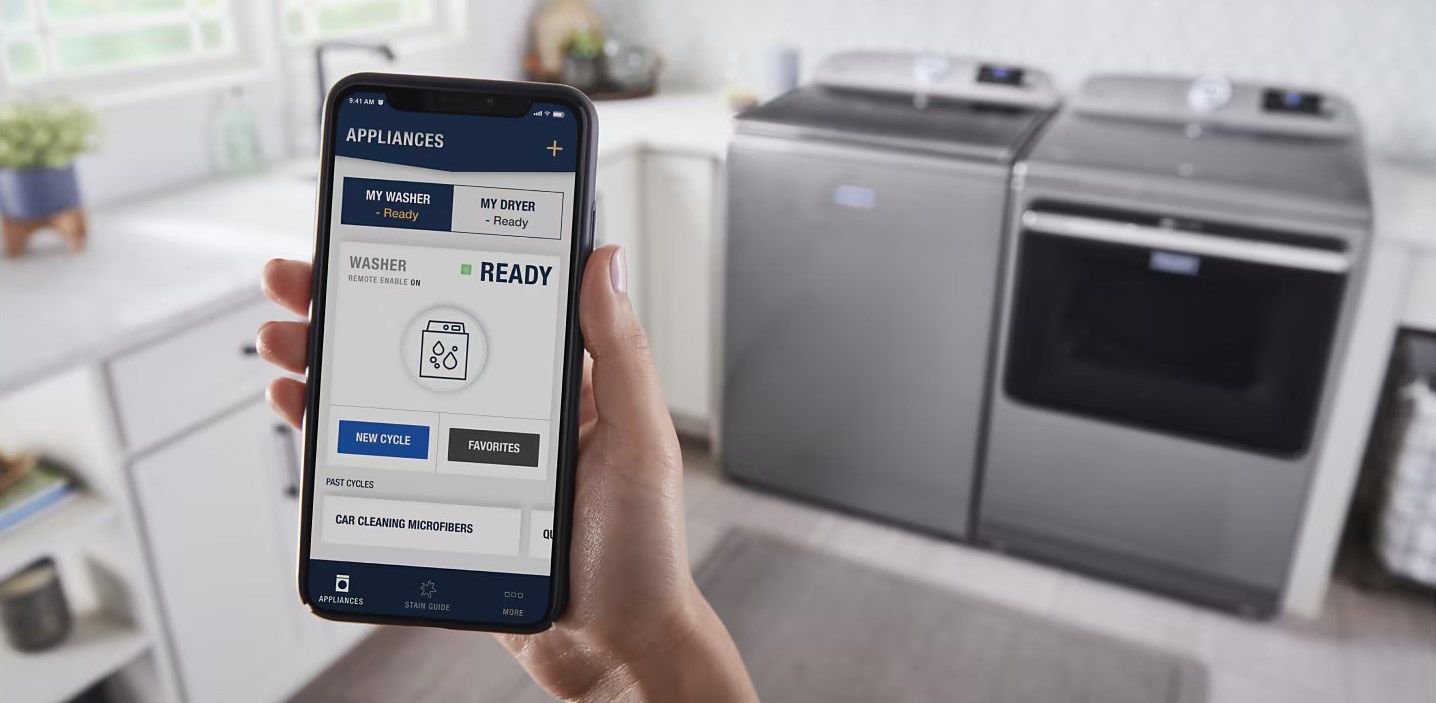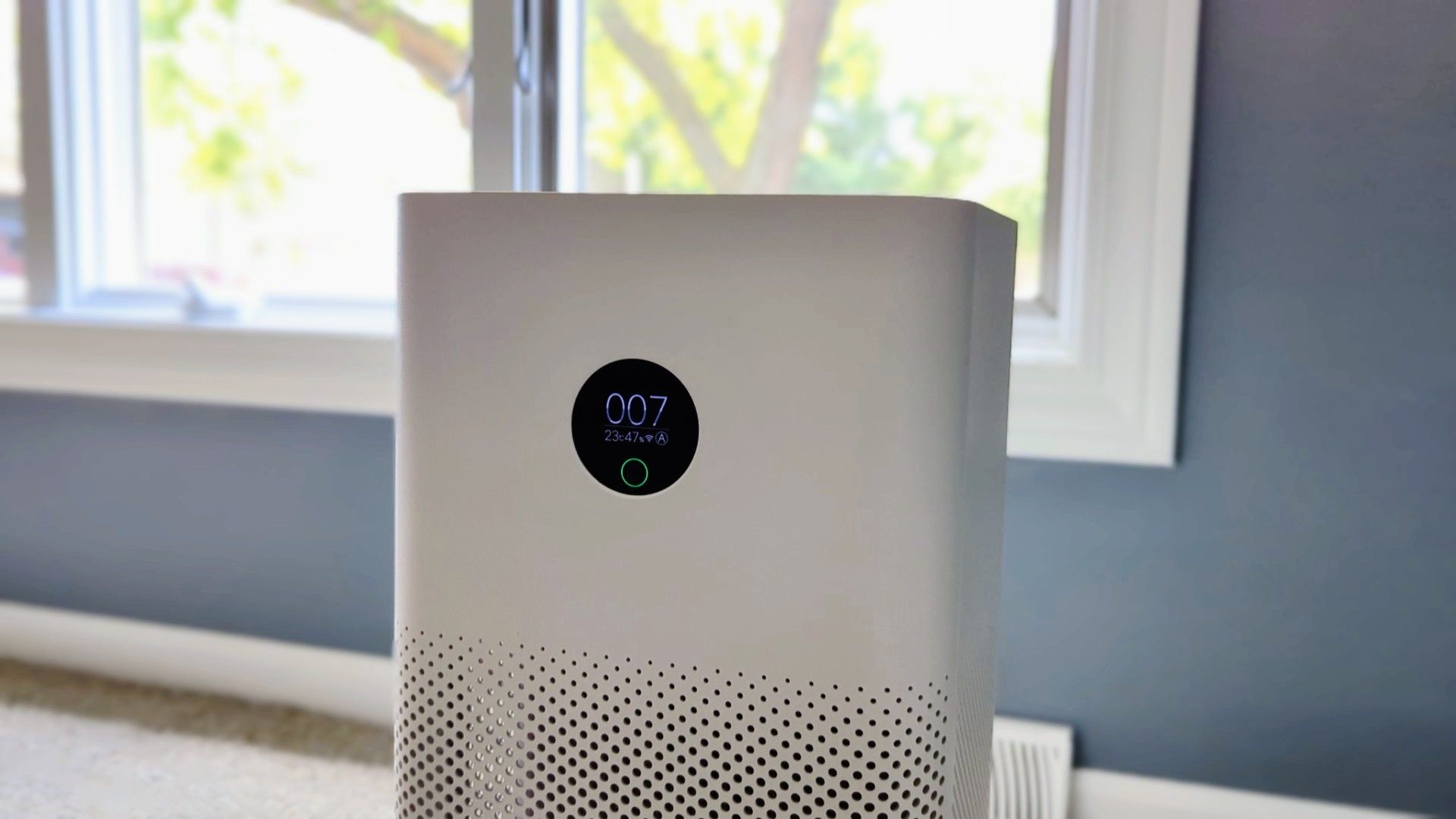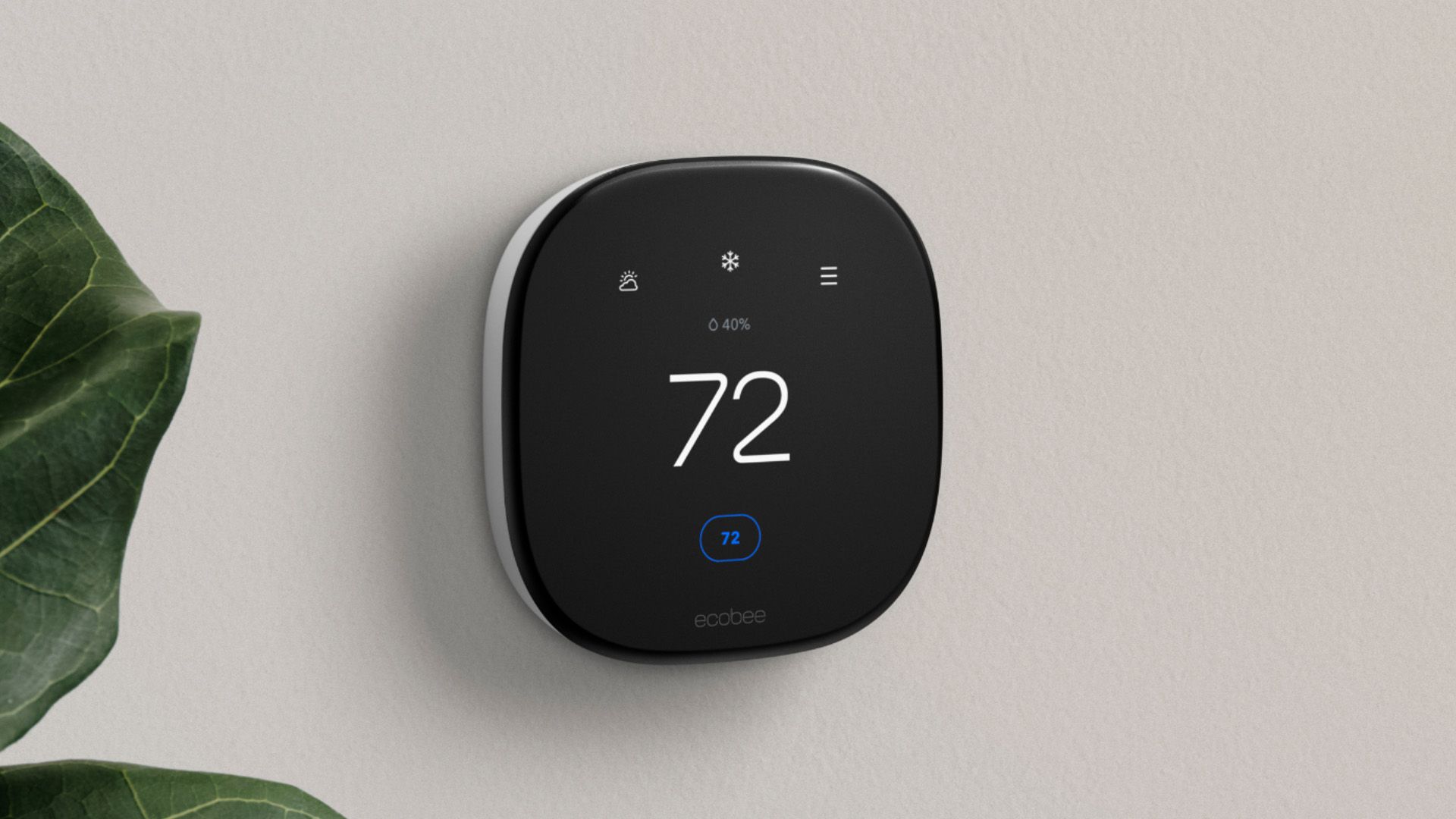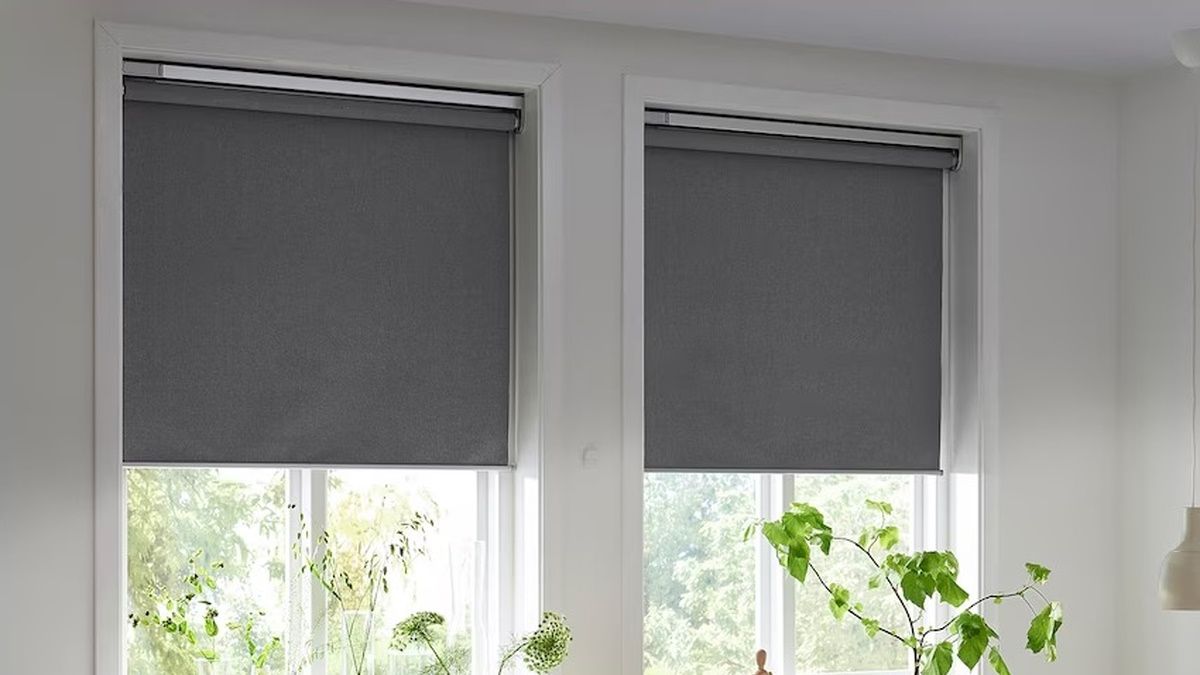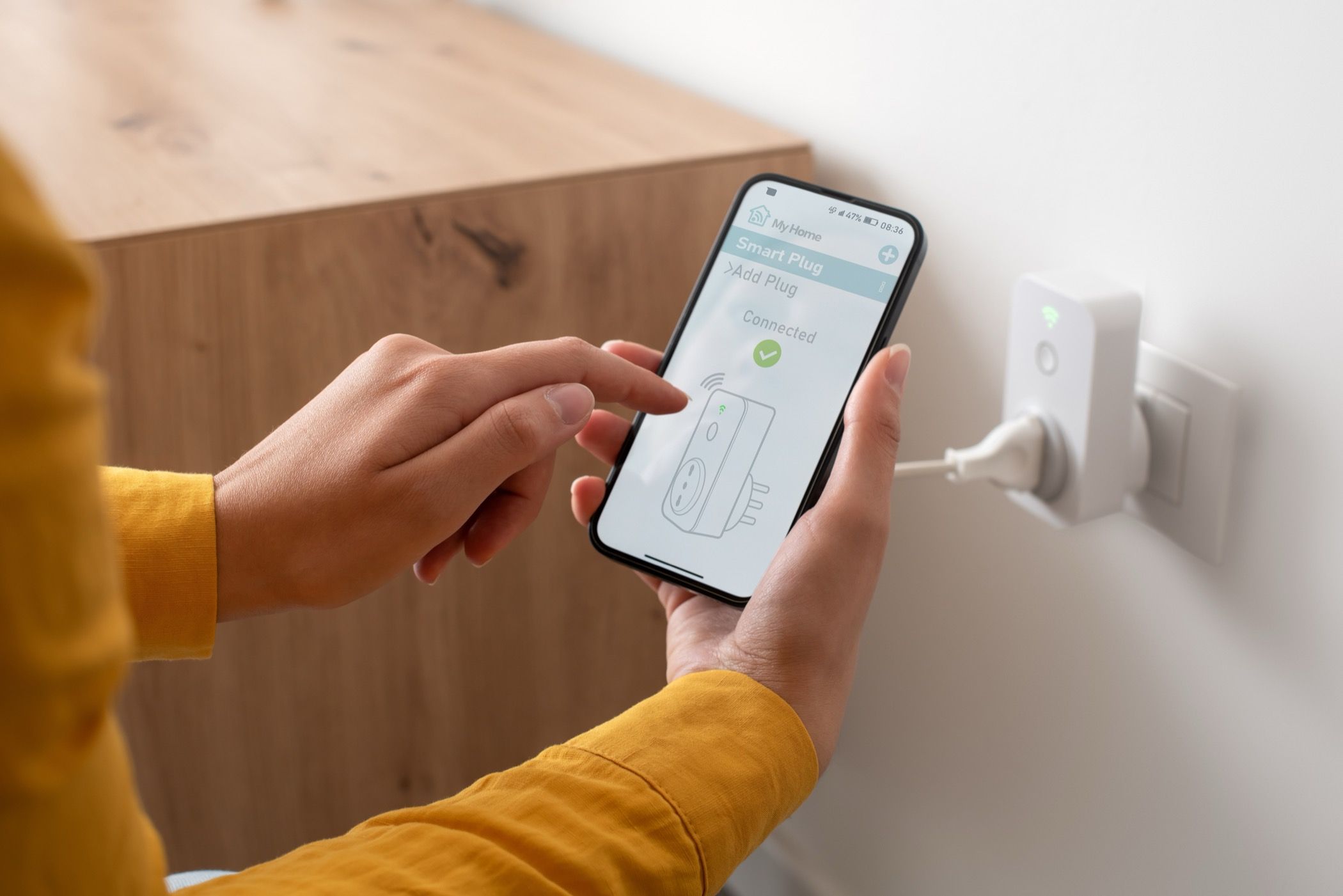Key Takeaways
- Smart home devices raise privacy concerns due to data collection and security risks.
- Despite these risks, some smart devices like smart lights, window coverings and air purifiers can still offer convenience that’s hard to turn down.
- Some devices like smart plugs and switches offer automation with minimal data gathering, providing cost-effective alternatives to more invasive smart devices.
Society has dreamed of fully automated smart homes for generations. Though we’ve had smart home devices for some time now, there are still some serious safety and privacy risks to look out for. But that doesn’t mean you can’t have the comforts of a home that works with you.
What Makes a Home “Smart”?
A smart home is a dwelling that includes devices that can be remotely controlled, automated, and wirelessly connected with other devices. These gadgets and their sensors make up a small subset of what was once frequently known as the Internet of Things, or IoT (though that term has fallen out of fashion).
Smart devices typically utilize your home Wi-Fi, Bluetooth, or local connection types like Thread along with cloud technology to interact with each other and execute your requests. This is where security concerns start cropping up. Once a cloud-connected device is online, so is the information it gathers from you.
Smart Home Privacy Concerns
In 2014, Amazon unveiled its voice assistant, Alexa, on the Echo. As companies like Google and Microsoft began following suit, these assistants soon became the cornerstone of modern smart homes. Five years later, many received a wake-up call as to the true cost of their smart assistants when it was revealed that employees of these companies had been reviewing recordings of every interaction customers had with their virtual assistants.
Though most companies have taken action to address this specific concern, there are still many other privacy issues to look out for. It was only recently discovered that Amazon had been sending Ring camera footage to police departments without alerting owners. While Amazon stated that this was done in emergencies only, many still wonder how broadly the company and police forces define an emergency.
As if worrying about insiders gathering and selling your data wasn’t bad enough, these devices are often minimally secured and rarely updated, leaving the virtual door to your local network open to hackers. Not only could they gather all the same personal data from you that companies can, but they could also effectively take control of your home.
Smart Devices I’ll Risk My Privacy For
All smart devices pose potential safety risks, even if the only data they’re gathering is how often you water your plants. That said, some risks can be worth the convenience or peace of mind.
Lighting
From common lamps and ceiling lights to specialty and custom lighting options, smart home technology really shines in this category. You can add a little flair around the house, sync your TV and speakers to your lights, and create the backyard paradise of your dreams with the right smart lights.
Because smart lights typically use LEDs, they can also help save energy and cut back on the electricity bill. Meanwhile, their automation and remote control capabilities can help deter would-be thieves since you can trigger them from anywhere.
Refrigerator
The consensus around smart refrigerators is that their high-end features are overpriced and impractical. A low-end smart fridge, on the other hand, gives you the same basic luxuries like device connectivity, remote temperature control, and filter monitoring without knowing what your favorite yogurt brand is. Not everyone will find these features worth the price tag, but those of us who like to micromanage our devices will certainly see the value.
Washer and Dryer
As someone who frequently forgets that they have set off a load of laundry, a smart washer and dryer set is well worth the compromise of letting Maytag know about my laundry habits.
Being able to see how long the current laundry cycle has left without going to the laundry room is another simple yet essential feature when multitasking. For some, smart settings such as “smart tumble” (which cuts down on wrinkles) and laundry scheduling may be the most important of all. Now, if only we could get a feature that loads, switches, and folds the laundry too.
Air Purifier
Anyone with allergies or who lives in an area affected by high pollution or frequent wildfires knows the value of a good air purifier. These are some of the few home devices that truly got an upgrade after connectivity implementation.
Smart air purifiers can automatically adjust to the surrounding conditions, and, unlike standard models, allow you to manage your target air quality levels. The accompanying app will also give you the ability to monitor air quality and observe trends over time.
Thermostat
Smart thermostats tout features like AI learning to automatically create a schedule and geofencing to adjust the temperature based on whether you’re home or not. While these seem like useful features, it’s nothing that can’t be achieved with a programmable thermostat.
Admittedly, the only “smart” feature I care about is the ability to control my thermostat from my phone. For this reason, the Honeywell T5 Smart Thermostat is a great in-between option and at a lower price than the average smart thermostat.
Window Treatments
Like many smart home devices, the most appealing feature of smart window treatments is the ability to automate them. You can set your curtains or blinds to draw closed at sunset and wake you up with the morning sunlight.
By creating a schedule for your smart window treatment, you also give yourself a little more privacy from the outside world. The fun doesn’t stop there, though! Automating your window treatment can also help save energy and money with features like proximity and temperature sensors.
Smart Adapters
Smart adapters are a great compromise between automation and privacy. Adapters like smart plugs, outlets, and switches act as intermediaries between your standard devices and the network they enter into.
These devices aren’t known to gather data as their only functionality is to start or stop the power flow, making them a great option for anyone only looking for the bare minimum in smart home automation. They can also save you money, since they’re much cheaper than replacing your existing devices with “smart” ones.
There will always be some privacy risks involved when adopting smart home technology. Those looking for even more privacy and security may want to consider setting up your smart home on your local network with a smart home hub like Hubitat or a smart home platform such as Home Assistant.
You’ll be giving up some ease-of-use conveniences and adding to the setup process, but for some, it’s worth knowing that your information isn’t leaving your home. For the rest of us, these in-between options will do nicely.


